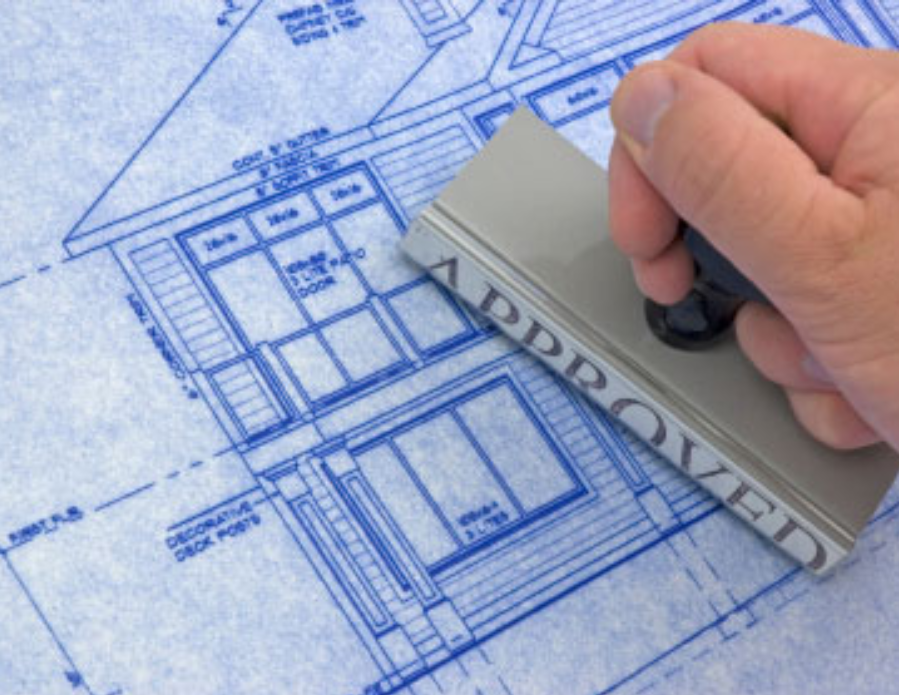Drawing Approval Clinic: Importance of Engineering Drawings and Graphics
In the world of engineering, drawing and engineering go hand in hand. Accurate engineering drawings serve as blueprints for constructing buildings, machinery, and other infrastructure. These drawings are critical for clear communication between engineers, architects, and contractors. Let's explore the essential concepts of engineering drawing and graphics, highlighting their role in engineering and drawing, and the approval processes that follow.
What is Engineering Drawing? Engg drawing (short for engineering drawing) is the graphical representation of physical objects. These drawings are not just artistic sketches; they represent precise dimensions, tolerances, and material specifications for the construction or manufacturing of a product. Tech drawing and engineering graphics are terms often used interchangeably with engineering drawing. They encompass all visual representations of designs and plans in the engineering field.
The Role of Engineering Graphics in Drawings Engg graphics or engineering drawing graphics plays a vital role in ensuring that the final product meets the specifications. It involves the use of lines, symbols, and other visual elements to convey technical information clearly. Every engineer or architect uses ed drawing (engineering design drawings) to ensure every component of a project is understood in terms of size, shape, and function.
The Drawing Approval Process Once the engineer sketch is complete, it goes through an approval clinic. During this phase, drawings undergo scrutiny to ensure accuracy and feasibility. Each drawing is assessed for:
Accuracy: All measurements, dimensions, and annotations are checked. Consistency: The drawing must follow industry standards for visual representation.
Compliance: Drawings must adhere to legal codes, safety standards, and specific project requirements. If any discrepancies are found, the drawing is returned for revisions. This is why having well-made engineering drawing and graphics is vital for timely project completion. Errors in the design phase can lead to costly delays and safety issues.